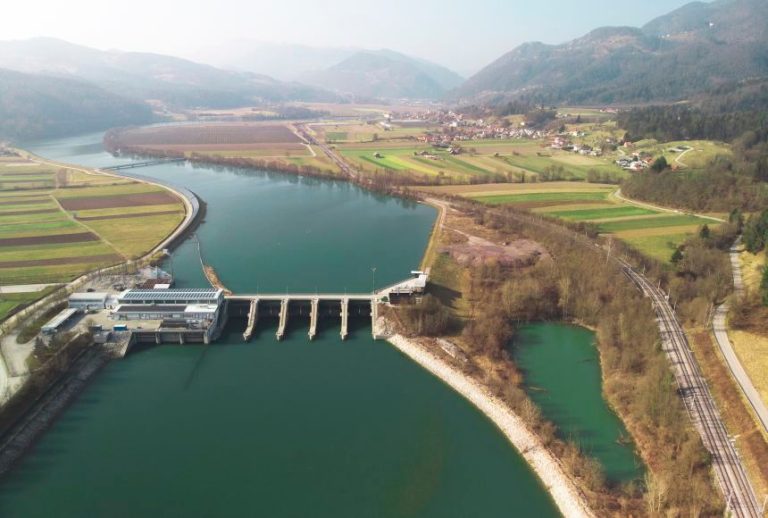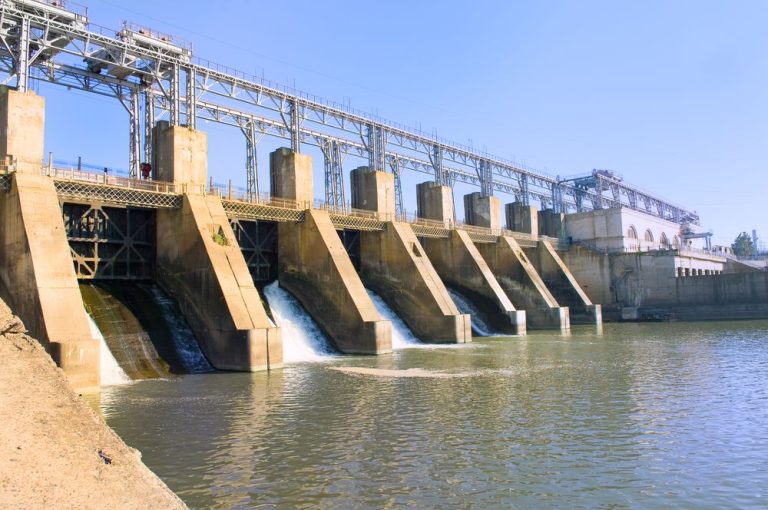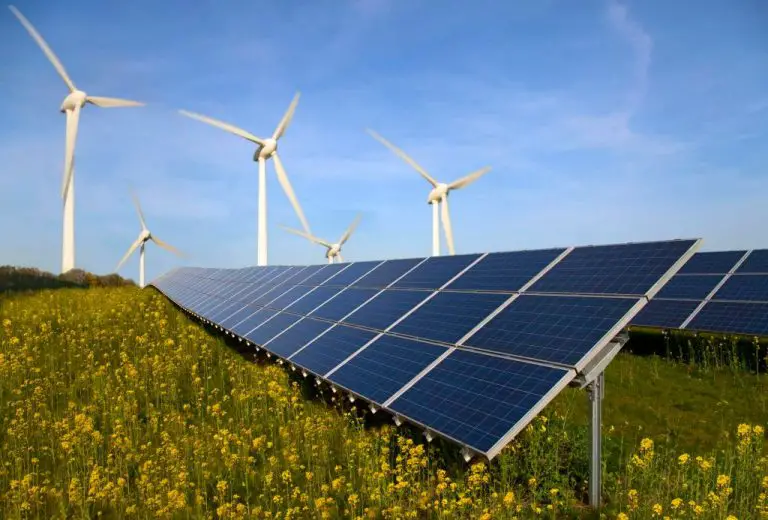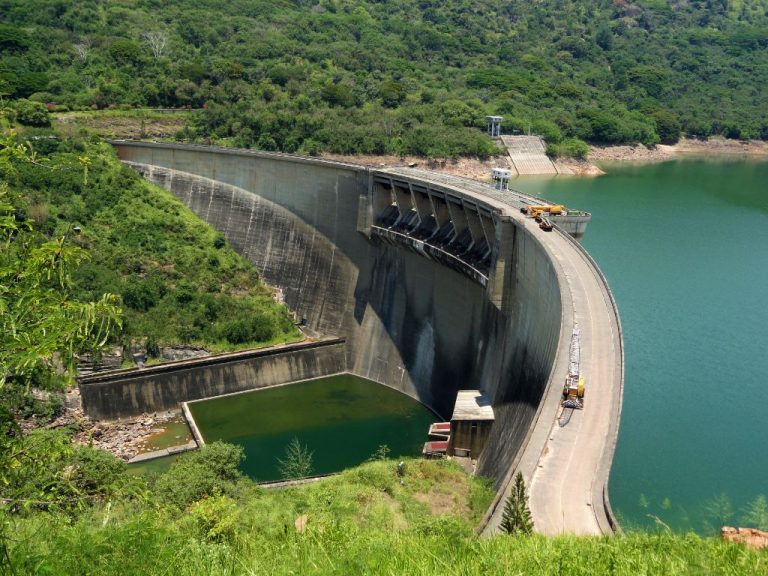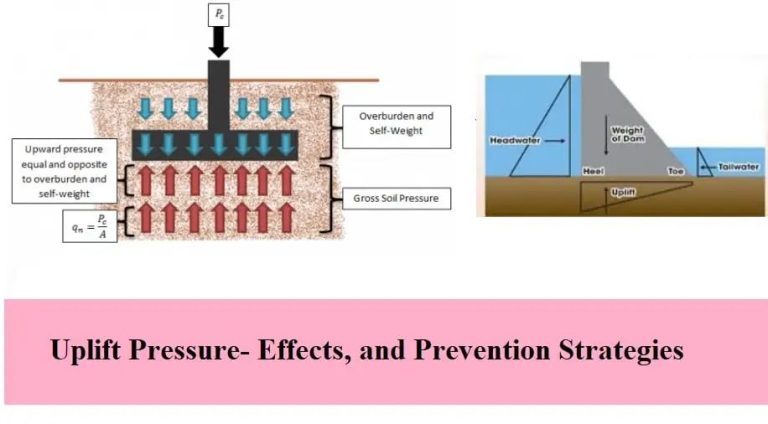Which Turbine Used In Kulekhani?
The Kulekhani hydropower plant is located in the Makwanpur district of central Nepal and is one of the major hydropower generation facilities in the country. With an installed capacity of 92 MW, Kulekhani produces approximately 494 GWh of electricity annually and provides around 7% of Nepal’s total hydropower. Construction on the project began in 1978 and the first phase was commissioned in 1982. The second phase was completed in 1986.
The Kulekhani plant utilizes the waters of the Kulekhani and Rispang rivers which flow down from the Mahabharat Range. A large earthen dam 92 meters high was constructed, impounding the Kulekhani Reservoir which has a surface area of 2.4 square km. Water from the reservoir is delivered to the underground power station located about one kilometer away through a 5.8m diameter tunnel.
The Kulekhani hydropower project plays a crucial role in Nepal’s electricity infrastructure by helping to meet peak demand and providing reserve power capacity to stabilize the national grid. It also allows for the optimization of run-of-river plants downstream by regulating water flows. As one of the first large-scale hydropower developments in Nepal, Kulekhani represents an important milestone in the country’s efforts to expand electrification.
Turbine Specifications
The turbines installed at Kulekhani hydropower plant are vertical Francis turbines manufactured by Hitachi. They have a capacity of 60 MW each, for a total installed capacity of 120 MW across the two units. The turbines rotate at 200 rpm and operate most efficiently in a range of 40 to 120 m3/s of flow. Key specifications include:
- Type: Vertical Francis
- Make/Model: Hitachi FP6333
- Number of Units: 2
- Capacity per Unit: 60 MW
- Total Capacity: 120 MW
- Speed: 200 rpm
- Head: 409 meters
- Discharge Range: 40 – 120 m3/s
The Francis design was selected for its suitability for high head hydropower projects like Kulekhani. The turbines operate most efficiently in the site’s available head range of 401 to 437 meters. The Hitachi model provides robust performance and reliability to maximize power generation.
Turbine Selection
The turbine selected for use at the Kulekhani hydropower plant was specifically chosen based on its optimal design and high efficiency for the site conditions and requirements. When deciding on which turbine model to install, several key factors were taken into consideration by the project engineers and designers:
Output Capacity: The turbine needed to match the desired generation capacity of the Kulekhani plant, which is 92 MW. The turbine model selected has a rated output in line with this target.
Head Height: Since Kulekhani utilises a high head design, with water delivered via tunnels from the upper reservoir down to the underground power station, the turbine required a high specific speed and could be optimised for efficient energy conversion from a high hydraulic head.
Flow Rate: The seasonal variations in water flow from the Kulekhani reservoir were analysed to select a turbine optimized for the available flow rates at different times of year. The chosen turbine can operate efficiently across the expected flow rate range.
Reliability: Maximum reliability and minimal downtime were key priorities for the high capacity national power plant. The turbine model was chosen for its robust design and reliable long-term operation with minimal maintenance needs.
Technology Advances: The latest turbine technologies were reviewed to select a modern, efficient hydraulic turbine design for maximum energy output. The chosen model made use of recent advances in turbine engineering and materials.
After evaluating multiple options, the turbine model that offered the ideal combination of high efficiency, reliability, capacity, and suitability to the specific site parameters of the Kulekhani hydropower project was selected.
Turbine Manufacturing
The turbines used in the Kulekhani hydropower plant were manufactured by Voith Hydro, a German engineering company that specializes in hydropower technology. The company has extensive experience developing turbines for hydropower projects around the world.
The Kulekhani turbines were manufactured at Voith Hydro’s facility in Heidenheim, Germany. This state-of-the-art production plant opened in 2009 and was designed specifically for large turbine and generator manufacturing. It features advanced equipment and testing capabilities to ensure the highest quality standards.
Voith Hydro’s engineers worked closely with the Nepalese authorities to customize the turbine design and specifications for the unique requirements of the Kulekhani plant. While the turbines leverage Voith Hydro’s extensive design experience, they were engineered specifically for the steep head and high flow conditions present at Kulekhani.
Once manufacturing was complete, the turbines were shipped from Germany and installed on-site at the Kulekhani hydropower plant by a team of Voith Hydro technicians working alongside local contractors. Stringent testing was conducted before the turbines were commissioned and integrated into plant operations.
Turbine Installation
Kulekhani Hydropower Plant operates two Pelton wheels. Each Pelton wheel has a 130 MW capacity, for a total installed capacity of 260 MW.
The Pelton wheels were manufactured outside of Nepal and transported to the construction site. Transporting the massive turbines required special equipment and care. The components were loaded onto trucks or rail cars for transport from the manufacturing facility to the port. From the port, the turbines were loaded onto ships capable of carrying the large and heavy cargo.
After arriving in Nepal, the turbines were transported from the port to the construction site. The remote location and mountainous terrain posed challenges for moving the turbines. Specialized trucks and roads likely had to be constructed to reach the site. When nearing the facility, the turbines may have been moved with cranes or helicopters to lift and lower them into position.
On site, the turbine housing and components were installed and assembled piece-by-piece within reinforced concrete structures. Teams of construction workers and engineers completed the installation, requiring safety precautions when working with such heavy machinery. Once fully assembled, the turbines underwent testing before being connected to generators and the rest of the power system.
The careful transport and installation was a major undertaking, but necessary to get the massive Pelton wheel turbines up and running at Kulekhani Hydropower Plant.
Turbine Operations
The turbines used in the Kulekhani hydropower plant operate by harnessing the power of falling water to generate electricity. The water from the reservoir is fed through large pipes called penstocks down to the turbine units located inside the powerhouse. The high-pressure water strikes and turns the turbine blades at high speeds. The turbine shaft is connected to an electrical generator, so as the shaft spins, it rotates coils of copper wire inside the generator around an electromagnetic field, producing electricity.
The speed and force of the water flow determines the amount of mechanical power that can be extracted by the turbine. The greater the “head” of water (the vertical distance the water falls), the more potential energy is converted into rotational kinetic energy by the turbine blades. At Kulekhani, the effective head between the reservoir and powerhouse ranges from 436 to 636 meters depending on water levels.
Operators monitor and control the flow rate through the turbines and the power output levels by adjusting wicket gates at the turbine inlet. Sensors provide feedback to ensure optimal turbine speed and efficiency. The generated electricity is stepped up to high voltages by transformers near the turbines before being sent out via transmission lines to supply the grid.
Regular maintenance is crucial to keep the turbines and generators functioning properly. Outages are scheduled to inspect components and perform overhauls when needed. The turbines must withstand constant exposure to water, sediment and the stresses of spinning at high speeds. Proper maintenance maximizes the operating life of the turbines, helping ensure smooth and continuous electricity generation at the Kulekhani hydropower plant.
Turbine Maintenance
Regular maintenance is critical for keeping turbines operating efficiently and avoiding unplanned outages at Kulekhani hydropower plant. Maintenance activities generally fall into three categories – routine maintenance, overhauls, and repairs.
Routine maintenance consists of regular inspections, testing, and minor servicing to keep components in good working order. This includes activities like changing fluids, lubricating parts, tightening fasteners, and cleaning. Small issues can be detected and addressed before causing significant problems.
Overhauls involve more extensive disassembly and refurbishment of major components. This is done periodically based on operating hours. During overhauls, technicians thoroughly inspect parts for wear and tear, replace worn components, and refinish surfaces. This returns the turbine to like-new condition.
Repairs are done as needed when issues are identified during routine maintenance or overhauls. Damaged or broken parts are repaired or replaced promptly to avoid extended downtime. Having spare parts on hand allows for quick turnaround.
With regular upkeep and diligent maintenance procedures, the turbines at Kulekhani can continue operating safely and productively for decades.
Upgrades and Replacements
The Kulekhani hydroelectric plant’s original turbines were manufactured and installed when the plant first began operations in 1982. These turbines served reliably for over 30 years, a testament to their sturdy design and quality manufacturing.
However, by 2015 the original turbines were nearing the end of their operational lifespan. To continue smooth operations at the plant, a decision was made to upgrade the turbines with more modern and efficient models.
In 2017, the original turbines were replaced with new high-efficiency Francis turbines. These new turbines incorporated the latest hydraulic and materials technology, increasing the plant’s generating capacity while also boosting efficiency. With higher efficiency levels, the new Francis turbines enabled Kulekhani to increase annual energy output without expanding the physical footprint of the facility.
The turbine upgrade project was completed on-time and on-budget in late 2017. Since installation of the new units, the Kulekhani plant has seen improved reliability and approximately 5% higher annual energy generation.
Looking ahead, the upgraded Francis turbines are expected to serve the plant capably for decades to come. Regular maintenance and upkeep will be performed to ensure optimal performance and a long operational lifetime. No further major turbine upgrades are anticipated at Kulekhani in the foreseeable future.
Efficiency
The turbines installed at the Kulekhani hydropower plant are highly efficient models that were specifically selected to maximize power generation. The turbines used are vertical Francis turbines, which are well-suited for the high head and high flow water supply available at Kulekhani.
Francis turbines are among the most efficient turbine designs, capable of achieving over 90% efficiency in converting the hydraulic head and flow into rotational kinetic energy. This makes them an excellent choice for harnessing the hydro potential of Kulekhani’s water source.
In comparison to other turbine models like Pelton or Kaplan turbines, the Francis turbines offer the best balance of performance across the range of heads and flows at Kulekhani. Pelton turbines tend to be used for high head sites with lower flow, while Kaplan turbines are favored for low head locations.
The vertical orientation of the Francis runners further improves efficiency by minimizing friction losses. The runners are precisely engineered and maintained to optimize the water inlet angles and clearance gaps during operation.
Regular maintenance and upgrades have ensured that the Kulekhani turbines continue to perform at peak efficiency levels decade after decade. Their high efficiency plays a crucial role in maximizing the plant’s power output and providing clean, renewable electricity to Nepal.
Conclusion: The Importance of Kulekhani’s Turbine Selection
Kulekhani hydropower station’s turbine selection has played a crucial role in providing clean and reliable electricity to Nepal for over 40 years. The original Francis turbines installed at Kulekhani have operated efficiently since the plant’s commissioning in 1982. Proper turbine selection ensured the 60 MW station could maximize Nepal’s valuable hydropower potential and bring electricity to millions of Nepali homes and businesses.
While the Kulekhani turbines are now nearing the end of their operational life, they exemplify how critical turbine selection is for any hydropower plant. The right turbine model allows optimal efficiency, reliability, and output over decades of continuous use. For a developing country like Nepal with tremendous untapped hydropower resources, choosing the right turbine technology makes all the difference in harnessing Nepal’s energy future. Kulekhani’s turbines enabled affordable, sustainable hydroelectricity and set an important precedent for turbine selection for future Nepali hydropower projects.

